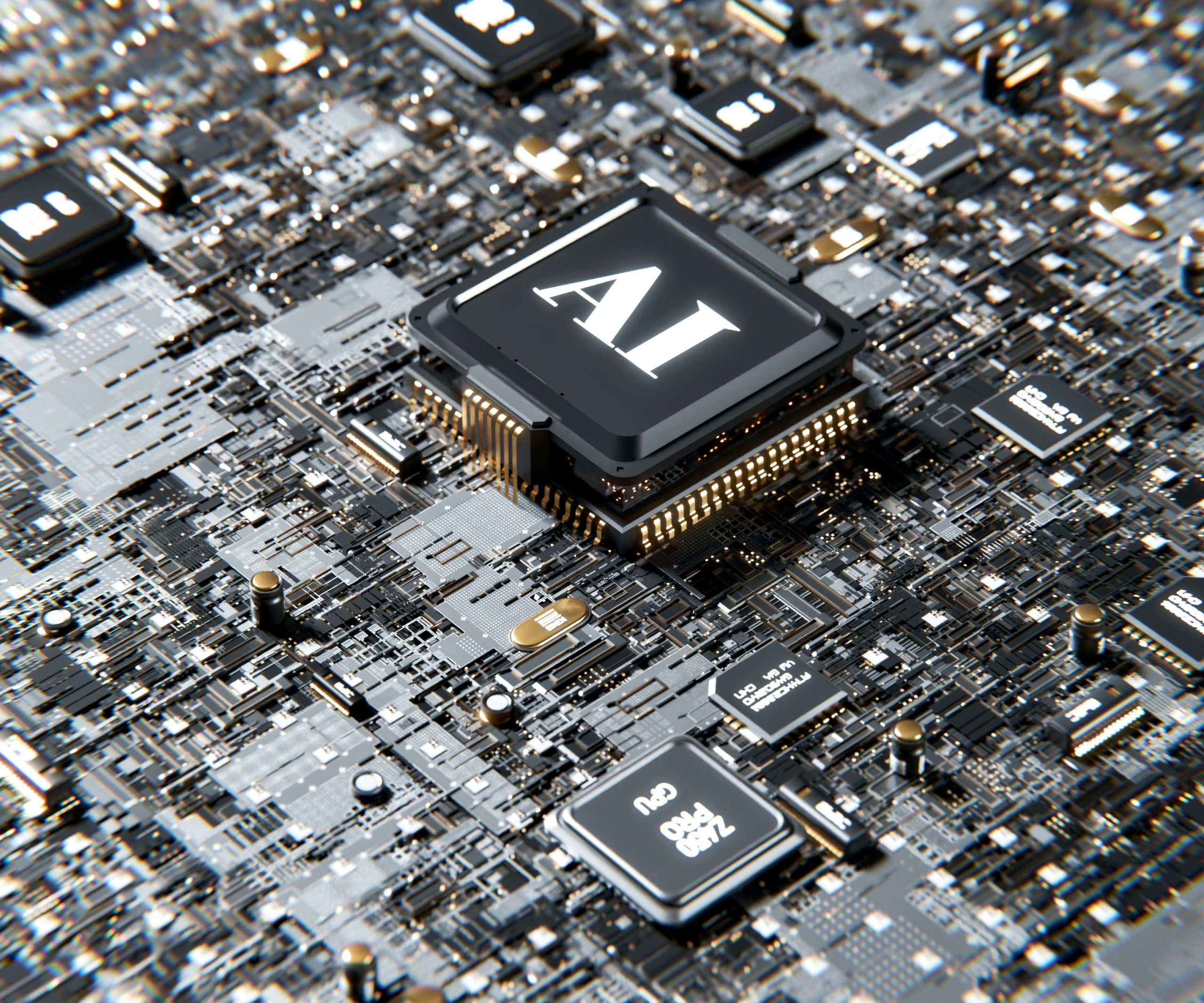1. Explainable Artificial Intelligence: An Introduction
Artificial intelligence (AI) has made its way into the initiation of practically every field — health, finance, transport, etc. As AI is becoming ever more pervasive, nevertheless, so is the need for explainable AI, which provides insight into how algorithms work and how they make decisions. That is why explainability now occupies the middle position of the intelligent systems world: XAI.
1.1. Why explainability is necessary in present AI systems
When we refer to explainable AI, what we actually mean is that the systems have to be capable of giving intelligible, understandable explanations for the output. That has several very significant advantages:
- Trust: Users need to trust that the decisions made by the system are reasonable and just. Open, understandable explanations constitute the foundation for user trust in AI.
- Enabling More Effective Interaction: When people understand how an AI system “thinks,” they can interact with it much more effectively — and even shape its behavior when necessary.
- Meeting Ethical Demands: Decisions made and acted upon by a large AI system must be transparent and align with societal standards of transparency as well as morality.
1.2. The dangers and limitations of opaque AI
If a decision-making AI system is unexplainable, it may spawn a multitude of issues, including:
- Authorizing Undesirable Decisions: Unexplainable black-box algorithms making decisions may kindle user outrage and distrust — especially in high-stakes domains such as medicine.
- Problem Diagnostics Being Difficult: It is hard to trace back errors or anomalies in opaque systems, which can contribute to catastrophic failures or bad decisions.
- Ethical and Legal Controversy: By lacking transparency in AI decisions, businesses can get into legal or ethical controversy, especially when human rights are involved.
In all of this, it’s clear we must have solid strategies and tools to make AI more explainable. In our firm, we believe a good AI is one that not only gives you results but also explains properly the rationale for every decision.
The subsequent pages of this article will go through a walkthrough of the key concepts of Explainable AI, how to enhance it, and real-world case studies in varied industries. And as long as AI remains a black box, innovation deeper into such an unknown “monster” will be of no use to carry the user’s trust along.

2. Most important principles of Explainable AI
Ethical AI principles and true user trust rely on a profound comprehension of exactly how modern intelligent systems actually function. Two principles — explainable AI and model interpretability — are now at the core of the idea of explainable AI: clarity and justification.
2.1. Clarity: Making information accessible to the users
Clarity explains that AI system output is plain and actionable for the users. To achieve that, attempt:
- Plain Language: Outputs must be expressed in simple and clear words — avoiding technical jargons and buzzwords.
- Examples and Analogies: Referring to familiar examples or familiar analogies will make even the most intricate concepts comprehensible.
- Interactive Interfaces: Designing interfaces that allow users to test and “play” with the logic of the AI makes its logic tangible.
2.2. Justification: Transparency of algorithmic decisions
Justification is about lifting the veil on how and why an algorithm comes to its conclusions, paving the way for even more trust. What is key here:
- Data Visibility: Individuals need to be able to see what data was considered and how that data came to be part of the decision.
- Algorithmic Reasoning: Breaking down the step-by-step reasoning process of the model’s decision-making process allows individuals to better trace the train of thought of the AI.
- Human Analogies: Demonstrating how an AI decision would be the same as (or different from) a human’s decision gives users a formal measure of trust.
3. Making models more explainable
There are some very helpful strategies that will make AI models more transparent — directly contributing to increased user trust. Some of the most effective are:
3.1. Building with interpretable models
This makes the explanation easier because one starts with models that are naturally interpretable, like linear regression or decision trees — the structure is simple, and people can “see” how every input results in an output.
3.2. Post-hoc explanation methods
Methods such as LIME (Local Interpretable Model-agnostic Explanations) and SHAP (Shapley Additive Explanations) generate interpretable explanations even for highly complex models. These methods take into account per-example predictions, illustrating which features were most impactful in generating a particular outcome.
Through the implementation of these principles and practices, organisations can build AI systems that are not just transparent and sharable but also build trust with end-users toward being a prime enabler for the mass adoption of AI technologies responsibly in various sectors.
4. Data and result visualization techniques
Visualization is perhaps the single best way of making AI explainable. With good visualization techniques, it is enormously easier to see why decisions are being made, and by so doing, users can have faith in the machine learning output. Below are some of the best practices used today.
4.1. Visual tools to understand AI decisions
There are many types of data visualizations, and every one of them serves a different purpose in explainable AI:
- Graphs and Charts: Simple bar or line charts show trends in data and can show how a model’s predictions alter as input variables change.
- Heatmaps: They enable viewers to see correlations between features and what influence they have on results and quickly observe what variables impact the most.
- Network Graphs: Convenient for visualizing the connections and inter-relations between components of complicated systems.
4.2. A tour of top visualization tools
There are numerous ways to get your data and model results visualized. Below is a summary overview of some of the top tools used:
- Tableau: It is very popular due to the ease of use and how quickly it can be used to produce interactive visualizations, making it the perfect tool for the handling of big data sets. It is very intuitive and supports fast iteration.
- Matplotlib and Seaborn: Both packages have become de facto standards for data visualization, particularly in the scientific and analytics community. Seaborn is extremely efficient in statistical graphics and breaks down complex plots to create.
- LIME and SHAP: They not only help explain deep models — they also construct graphical explanations, showing which features were predominantly accountable for a particular prediction. By highlighting variable importance, they increase transparency in algorithmic decision-making.
There is a need for more knowledge on AI decision-making in an effort to enhance technology. By employing such visualization tools and techniques, organizations can facilitate higher levels of trust between developers and end-users alike, which could translate to more transparent, trustworthy AI systems.
5. Explainable AI in real-world industries
Explainable AI is not science fiction — its presence is already being experienced across various disciplines. Two of the best-known disciplines where its presence is being most strongly felt are finance and healthcare.
5.1. Healthcare: Enhanced clarity, enhanced care
In medicine, explainable AI has proved very useful in diagnosis and treatment recommendations. Such models allow clinicians not just to get predictions, but also to have these predictions come with explanations of the justifications behind why specific patient characteristics had the most influence on a specific recommendation. This constructs practitioners’ trust in their choices and opens doors for more personalized care.
5.2. Fintech: Building trust through transparency
Transparency is the watchword with finance technology, especially where loan approval or investment advice is concerned. Consumers will seek to reach the “why” of large decisions. Explainable AI will break down credit rejects or changes in investment policy to gain trust. These systems reduce risk and provide an individualized client experience, creating greater loyalty and satisfaction.
In short, such business applications reveal that AI skill is not necessarily in data analysis — it is in the breakdown of how conclusions are reached. Combined, this reduces uncertainty and encourages more confidence, particularly where confidence is most critical.
6. The future of Explainable AI
Let’s be honest: explainable artificial intelligence (AI) buzz has become fever-pitched, and rightly so. As algorithms move more and more into the fabric of daily life, consumers need to know what is happening behind the scenes. At Celadonsoft, we see this shift as not a fad, but as a change that is needed to make technology transparent and achieve real user trust.
6.1. What’s changing — and quickly
Emerging trends are setting the stage for a new AI future:
- Colliding with Other Scorching Tech: Explainable AI is starting to cross over with technologies like blockchain and IoT. What does that look like in practice? Systems that you actually audit, track, and trust — not just take on faith.
- Everyone Wants to Know “Why”: Increasingly, businesses are realizing that “black box” decisions no longer will do. SHAP and LIME tools are now on demand because they unravel the reasoning behind a model’s predictions — so teams don’t have to fly blind.
- Real-Time, Real Answers: Churning out an AI answer is not enough. Now, especially in mission-critical areas, there is a requirement that models describe what they are doing while they do it, in real time. The call for transparency in real time is changing how new systems are created.
6.2. Ethics and what comes next
Let us not fool ourselves — ethics are not something to be done on the side while AI continues to propagate:
- Set the Rules, Don’t Wing It: The industry needs clear guidelines for what “explainable” means. If there is a map, developers won’t be able to pull shortcuts or rely on obfuscation.
- People Deserve Clarity: Users are entitled to know how decisions about them are made, plain and simple. If transparency is embedded in each step, from design to deployment, it does a lot to respect user rights.
- Laws Are Catching Up: Governments and regulators are serious about it. With standards going global, developers through to end users will be able to have confidence that AI is not operating in a legal vacuum.
The Bottom Line
If there’s one obvious takeaway, it’s that explainable AI isn’t a feature — it’s the foundation of responsible tech. In the future, it’ll be about genuine collaboration between engineers, companies, and researchers to keep ethics intact and explanations straightforward. The companies that prioritize openness and safety are the ones that will pioneer AI tomorrow.

7. Conclusion
The accelerating pace at which artificial intelligence is progressing makes explainability and transparency challenges ever more central to what it means to build AI that operates in the real world. As we move forward with the debate, a number of things are certain — both as benefits and as ongoing challenges to explainable AI.
- Why Explainability Matters:
- Increased User Trust: When individuals can see how decisions are being made, they’re more likely to believe the system — critical in high-risk applications such as health care or finance, where one error can have disastrous results.
- More Accurate Outcomes: Developers can more easily identify issues and adjust algorithms when the learning process is transparent, and this enhances performance.
- Conforming to Regulatory and Ethical Standards: With increasing regulations and industry standards, explainability is becoming ever more crucial to ensure compliance and avoid legal pitfalls.
- Increased User Trust: When individuals can see how decisions are being made, they’re more likely to believe the system — critical in high-risk applications such as health care or finance, where one error can have disastrous results.
- Speed Bumps along the Way:
- Model Complexity: The neural networks that power the current top-performing AI are also the least explainable ones. Maintaining models in explainable form without sacrificing accuracy is a constant thorn for technical teams.
- Too Few Practical Tools: While there are more approaches available, organizations say off-the-shelf explainability add-on solutions are still in short supply and thus stifle the rate of adoption.
- Model Complexity: The neural networks that power the current top-performing AI are also the least explainable ones. Maintaining models in explainable form without sacrificing accuracy is a constant thorn for technical teams.
Where We Go Next
- To Researchers: The subject demands more stimulation to new technique and technology that reduces models to the simple and makes them accessible for questioning. Bridging the gap between theory and practice will become central to winning public confidence.
- To Practitioners: Don’t approach explainability as an afterthought. Integrate explanation modules into your workflow from day one — this single step alone can transform users’ perception and belief in your products.
In brief, explainable AI is not a passing fad — it’s a no-holds-barred requirement of responsible tech. State-of-the-art explanation-capable systems don’t merely earn user trust, but enable safer, more ethical technology in every domain they touch. It’s up to researchers and practitioners to come together, cure today’s ailments, and build AI that works and cares.



Leave a Reply
You must be logged in to post a comment.